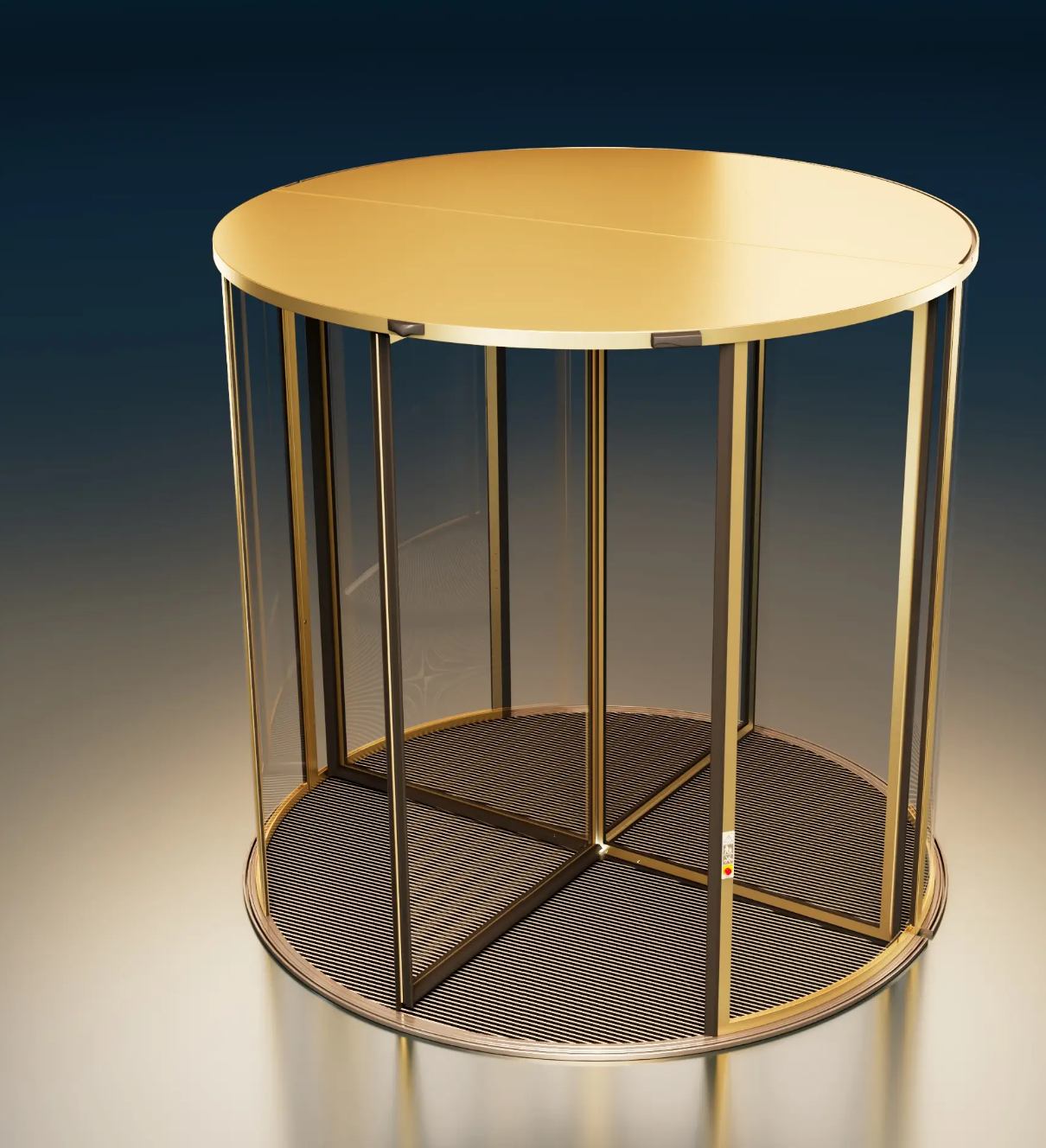Blog Details
- Home
- Blog Details

- Member
- September 8, 2024
Human Energy to Electrical Energy for Power Surplus Nation by Madhukar Swayambhu
Prime Minister Modi has said that Bharat has three strengths
– Democracy, Diversity, and Demographic Dividend (population). We’ve recently
witnessed the power of Democracy by holding the largest election ever in the World
with 642 million voters exercising their franchise, out of which 312 million
were women. A polling station was also set up inside the Gir Forest in Gujarat
to cater for a single voter, a priest at a temple. Polling stations were also
set up inside a wildlife sanctuary in Kerala, and in a shipping container in
Gujarat.
For the power of Diversity, we can proudly say that Bharat
is not just home to 17% of the global human population, but also a home to 17%
of the global biodiversity. We have all possible religions in the country
spread over 30+ states and Union territories, which is home to over 700+ tribes
and different ethnic groups, speaking over 100+ languages.
Coming on to the Demographic Dividend, Bharat is the
earliest and the only continuously surviving civilization, and we’ve always
been living in harmony with nature. Since olden times the people of Bharat have
been using the resources of nature but not harming the nature. An example of
this can be seen in the old rural settlement plans of mountainous regions. The
people used to divert the stream of water in a specific direction and using its
kinetic energy they rotated a mill which helped in irrigation, grinding grains
and oiling seeds. Thus, from kinetic energy they generated mechanical energy.
We know that mechanical energy can be converted into
electricity as done in hydropower plant. Therefore, kinetic energy can also be
converted into electrical energy. Bharat is the world’s most populous country
and as mentioned above population is one of our strengths. This gives me the
idea to use our strength to improve our economy, i.e., using human power to
generate electricity. When people walk, there’s a kinetic energy generated, and
the same force can be applied on objects to use the force to move a turbine for
generation of electricity.
Moreover, we also know the concept of Piezoelectricity,
which is the ability of some specific materials to generate electricity when
squeezed or pressed, or to convert mechanical energy into electrical energy.
The word "piezoelectricity" comes from the Greek words “piezein”,
which means "to press". Considering the thought that we have places
of high footfall amount to thousands of people landing and walking around at
the same space of 100-500 meters like metro stations, bus stop, railway
station, airport, hospitals etc., if we replace the floor with piezoelectric
material, the daily footfall itself can generate enough electricity to power up
the whole complex, or may be produce some extra energy too to full fill the
energy deficit of the country.
So, let’s do short research on the number of Metro stations
/ Railway stations / Airports / and Bus terminals etc. spread across the
country. Yes, they are increasing every day, but we’ll get some ball park
figure to start working.
As per Google there are 7,349 railway stations, 3,945 bus
stations and 134 airports in India. There are approximately 693 metro stations
in a few cities although this is not the recent data. According to Google, in a
day a railway station consumes 3cr units of electricity, an airport consumes
2.21 kWh energy, and a metro station consumes 3 million units of energy, which
is a huge need per day.
As per railsaver.gov.in, which is an official website of
Indian Railways, “Indian Railways (IR) has one of the world's largest railway
network, spread over 117,996 track kilometers (66,030 route km) connecting
8,073 stations and serving people of this glorious nation since 1853. In
2014-’15, Indian Railways transported 8.39 billion passengers to their
destinations, i.e. more than 23 million passengers a day”, which is like
carrying the whole population of over 85 + countries across the globe, every
day.
Just imagine, if these 23 million people have travelled,
they must’ve entered and exited a railway station. And if they had to cross a
rotating door on the station, while entering and exiting the station, and each
rotation generated 1 unit of electricity, we can generate 46 million units of
electricity per day, just from railways, i.e., 1.6 cr units more than the need
of railways per day.
Adding piezoelectricity to the production, we can easily become energy surplus and start energy exports.
